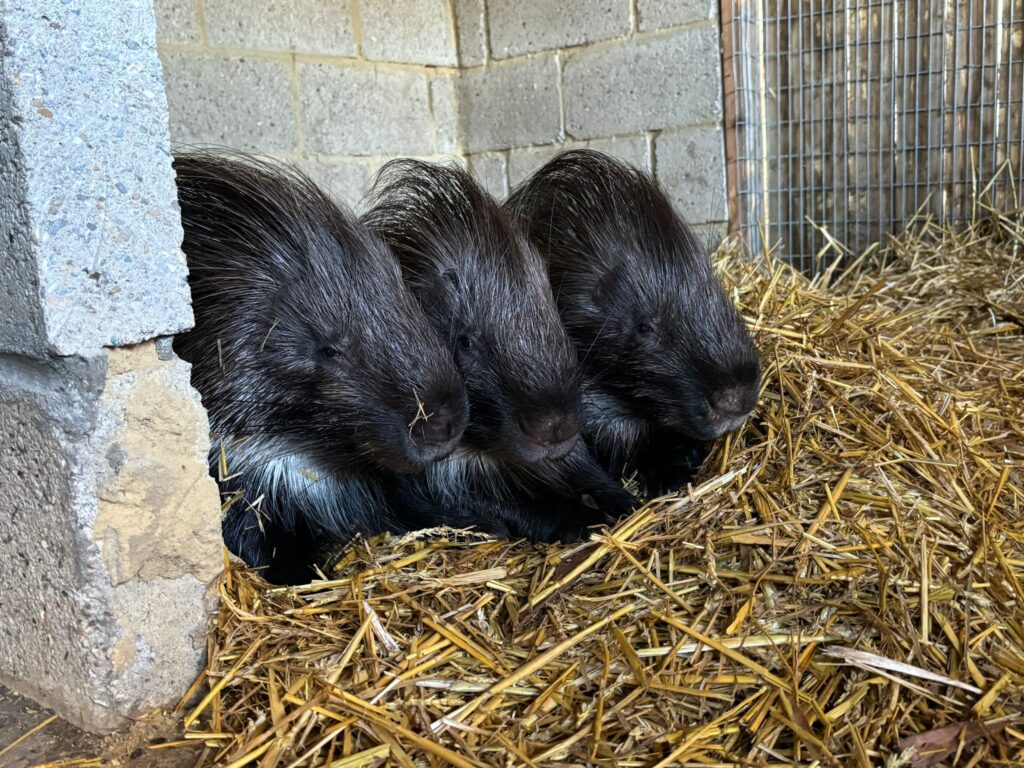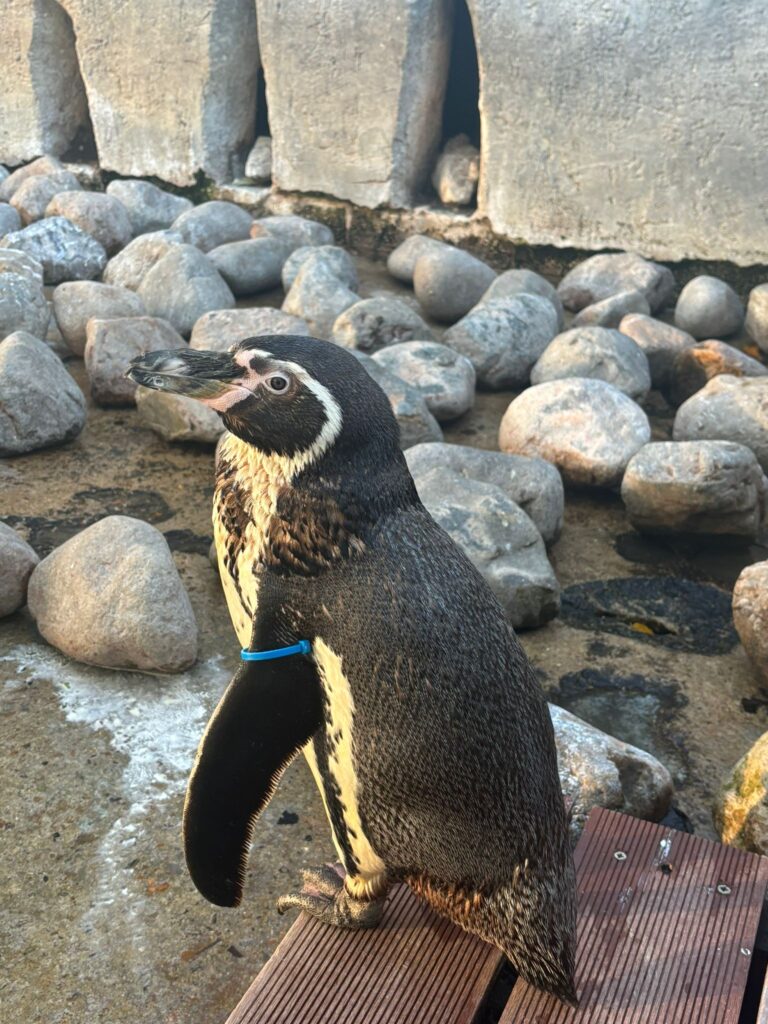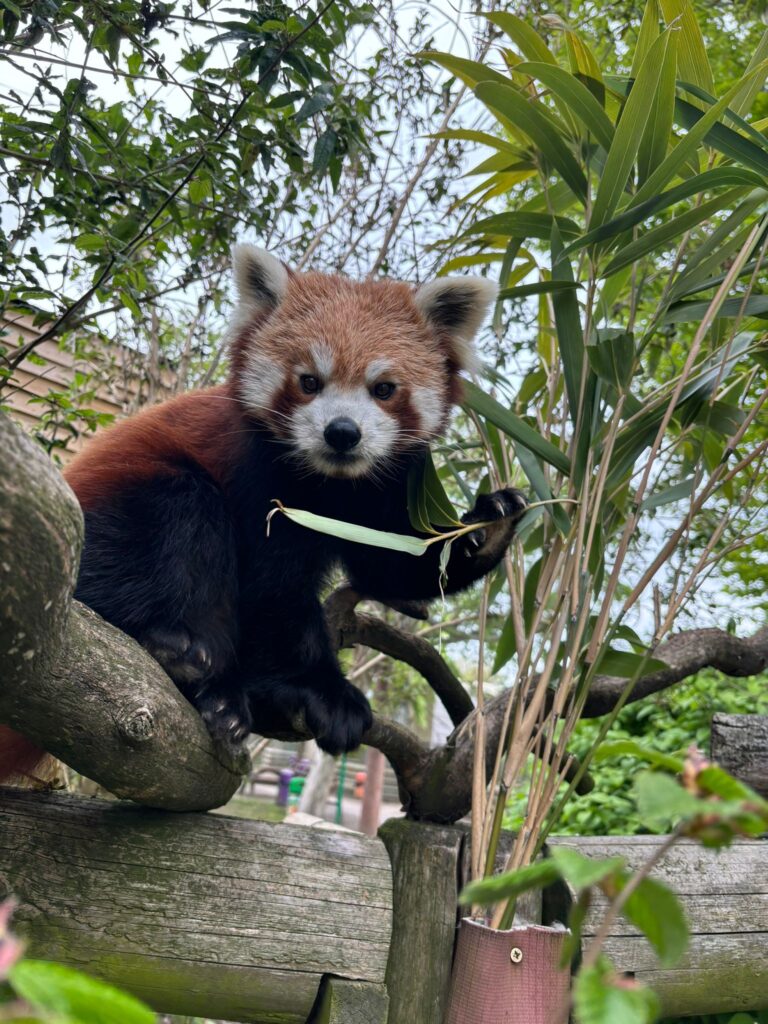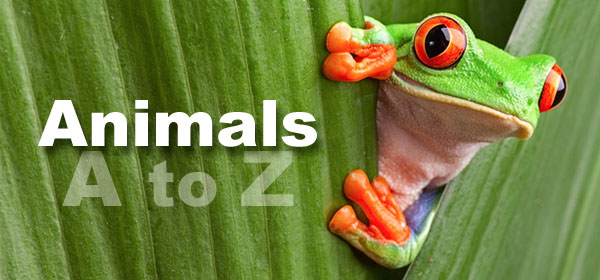Wingham Wildlife Park is home to some amazing and fascinating creatures. One of our aims is to provide a deeper understanding and educate our wonderful visitors. But even with all this information, there are still many misconceptions about animals that persist. So, in this blog I am going to debunk some fun animal myths.
1. Porcupines shoot their quills…
Porcupines are not able to shoot their quills, instead their quills are loosely attached to their skin. When threatened a porcupine will puff up their quills to make themselves look big and intimidating. Once they make contact with a predator, the quills can be released so they remain in the predator’s skin. The quills are also microscopically barbed, making them difficult to remove.

2. Cats don’t like water…
Most cats don’t like water, but this doesn’t include all cats. In fact, some larger cats love to be around water and can even swim. For example, jaguars are amazing swimmers that prey on caiman and capybaras.
3. Penguins are from cold climates…
Not all penguins are found in cold climates. While many penguins are found on the Antarctic coast and sub-Antarctic islands, there are a few species of penguin that live in much warmer climates. For example, the Humboldt penguins that we house at Wingham Wildlife Park are actually native to Chile and Peru. These penguins have adapted to warmer temperatures, they even have patches of bare skin on their faces that allow them to blush and cool down.

4. Red pandas and giant pandas are part of the same family…
The red panda and the giant panda are not actually closely related to each other. Giant pandas are part of the bear family (Ursidae) whereas red pandas are in their own individual family (Ailuridae). The word “panda” is believed to come from the Nepalese word “ponya” which means bamboo eater.

5. Lemurs are monkeys…
Lemurs are not monkeys. They are in a distinct group of primates called ‘Prosimians’. Lemurs are endemic to Madagascar and have evolved different features and characteristics due to their isolation from other primates. There are actually over 100 kinds of lemur and new species are still being discovered.
6. Chameleons change colour to match what they are standing on…
Chameleons cannot change colour to whatever they are standing on. While they do have an impressive ability to change colour, this is not to camouflage themselves with their environment. There are a number of reasons for their colour change, including temperature regulation, signalling and communicating to their mates or rivals or to indicate their mood changes.
7. Bats are blind…
Bats are not blind; their eyesight is actually rather good! Due to bats being nocturnal creatures, they tend to hunt and look for food at night. Their eyes are packed with photoreceptor cells called rods to help them see in very low light. To help them find their food, bats will also use echolocation. This is when a bat produces high-pitched sounds to determine their distance to objects.
These are just a few of the myths we commonly hear around the park. If you have any questions or myths you want debunking, don’t be afraid to ask a keeper on your next visit.
By Meghan, Deputy Head of Mammals Section


